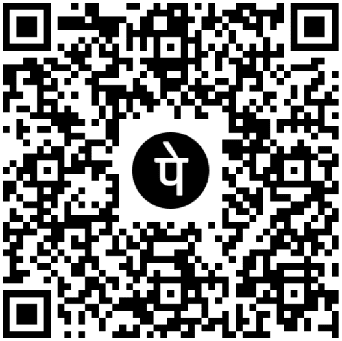Learning how to use if-else statements is fundamental in programming. They allow your program to make decisions based on certain conditions, leading to different outcomes. Let's use the iconic scene from The Matrix where Neo is presented with the red and blue pills to illustrate this concept.
The Choice: Understanding if-else Statements with Neo's Dilemma
In programming, an if-else statement works like a fork in the road. The program evaluates a condition, and if that condition is true, it takes one path (executes a specific block of code). If the condition is false, it takes a different path (executes a different block of code).
The Scenario: Neo's Decision
Imagine we're writing a program to simulate Neo's choice. Morpheus presents him with two pills:
* The Blue Pill: "You take the blue pill, the story ends, you wake up in your bed and believe whatever you want to believe."
* The Red Pill: "You take the red pill, you stay in Wonderland, and I show you how deep the rabbit-hole goes."
Neo can only choose one.
The if-else Structure
Here's how we can represent this in code using a hypothetical programming language (the syntax might vary slightly depending on the actual language, but the logic remains the same):
// Declare a variable to store Neo's choice
string neo_choice;
// Morpheus presents the choice
print("Morpheus: This is your last chance. After this, there is no turning back.");
print("Morpheus: You take the blue pill, the story ends, you wake up in your bed and believe whatever you want to believe.");
print("Morpheus: You take the red pill, you stay in Wonderland, and I show you how deep the rabbit-hole goes.");
// Get Neo's input (let's assume he types "red" or "blue")
print("Neo, which pill do you choose? (red/blue): ");
read(neo_choice);
// The 'if-else' statement comes into play here
if (neo_choice == "red") {
// This code block executes IF Neo chooses the red pill
print("Morpheus: Welcome to the real world, Neo.");
print("Neo: Whoa.");
// Further code related to Neo's journey in the Matrix
} else if (neo_choice == "blue") {
// This code block executes IF Neo chooses the blue pill
print("Neo wakes up in his bed, feeling a strange sense of deja vu.");
print("Neo: Was that a dream?");
// The program would likely end or reset here
} else {
// This is an optional 'else' block, or 'else if' for more specific conditions
// It catches any input that is neither "red" nor "blue"
print("Morpheus looks confused. 'Neo, that wasn't an option.'");
print("The program ends due to an invalid choice.");
}
print("End of simulation.");
Detailed Explanation:
* string neo_choice;: We first declare a variable named neo_choice. This variable will hold the value of the pill Neo selects. Think of it as a box where we'll store his decision.
* print(...) and read(neo_choice);: These lines simulate the interaction. The print statements display Morpheus's words, and read(neo_choice) waits for the user (acting as Neo) to type their choice and stores it in the neo_choice variable.
* if (neo_choice == "red") { ... }:
* if: This keyword signals the start of a conditional block.
* (neo_choice == "red"): This is the condition. The == operator checks if the value stored in neo_choice is equal to the string "red".
* { ... }: The curly braces define the "block of code" that will be executed only if the condition inside the parentheses is true. If Neo types "red", the messages "Welcome to the real world, Neo." and "Whoa." will be displayed.
* else if (neo_choice == "blue") { ... }:
* else if: This is used when you have more than two possible outcomes and want to check another specific condition if the previous if (or else if) condition was false. In our case, if Neo didn't choose "red", the program then checks if he chose "blue".
* If neo_choice is equal to "blue", then the code inside this block will execute, indicating Neo woke up in his bed.
* else { ... }:
* else: This is the "fallback" or "default" block. It executes only if none of the preceding if or else if conditions were true. In this example, if Neo typed anything other than "red" or "blue" (e.g., "green pill"), this else block would catch that invalid input and display an error message.
Why if-else is Important:
* Decision Making: It's the cornerstone of creating programs that can respond dynamically to different situations, user inputs, or data.
* Controlling Flow: It dictates the order in which parts of your code are executed, preventing all code from running sequentially regardless of circumstances.
* Building Complex Logic: By nesting if-else statements (putting one inside another) or combining them with other control structures (like loops), you can create highly sophisticated program behaviors.
Just as Neo's entire future hinged on his choice, the path of your program often hinges on the conditions evaluated by if-else statements. Mastering them is a crucial step in becoming a proficient programmer.




















0 Reviews